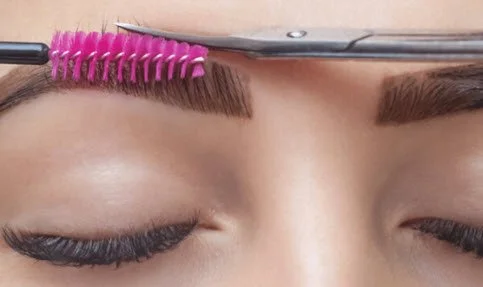Foundation Beauty Routine: How to Achieve a Flawless Base
Foundation is the essential first step in a makeup routine, helping to create a smooth, even complexion. Whether you're looking to conceal imperfections, balance skin tone, or enhance your natural glow, the right foundation can transform your makeup look while providing hydration, sun protection, and texture refinement.With various foundation types, coverage levels, and finishes, choosing the perfect match for your skin can make all the difference.
💡 Why Use Foundation?
If your skin has uneven tone, redness, or imperfections, a foundation can help create a uniform appearance while offering additional skincare benefits such as hydration and UV protection. Beyond coverage, foundation serves as a base layer for other makeup products, ensuring they apply smoothly and last throughout the day.
🧴 Types of Foundation
Foundation comes in different formulations to cater to various skin needs:
Liquid Foundation – Versatile and suitable for most skin types, providing hydration and seamless coverage.
Cream Foundation – Offers intense hydration, making it ideal for dry or mature skin.
Powder Foundation – Lightweight and oil-absorbing, perfect for oily or combination skin.
Stick Foundation – Convenient for on-the-go touch-ups and buildable coverage.
🧼 How to Prep Your Skin for Foundation Application
A smooth, hydrated base helps foundation blend evenly:
Moisturize – Use a hydrating moisturizer with SPF to nourish and protect your skin.
Prime – Apply primer to enhance foundation longevity and minimize pores.
Conceal – Use concealer to spot-treat any areas needing extra coverage.
Apply Foundation – Blend evenly using a brush, sponge, or fingertips.
To set your foundation, lightly press a naked velvet puff onto the skin or apply translucent powder to lock in the look.
🧬 Choosing the Right Foundation for Your Skin Type
Your skin type determines the best foundation formula:
Dry Skin – Opt for a liquid, stick, or hydrating powder foundation to maintain moisture.
Oily Skin – Use oil-free liquid or powder foundation to control shine.
Combination Skin – A powder foundation can help balance oil while providing coverage.
Normal Skin – Choose a versatile foundation with a balanced formula that enhances your natural complexion without overwhelming the skin.
🎨 How to Select the Right Shade
Match foundation to your jawline and neck for seamless blending.
Test shades in natural light to ensure true-to-color results.
Check vein color on your inner wrist—if veins appear blue, you likely have a cool undertone; if green, you have a warm undertone.
📊 Understanding Foundation Coverage Levels
Sheer Coverage – Provides a natural finish, allowing some imperfections to show through.
Medium Coverage – Offers a balanced look, minimizing redness and blemishes while keeping skin texture visible.
Full Coverage – Conceals everything, including acne scars and hyperpigmentation, for a perfected look.
✨ Choosing a Foundation Finish
Semi-Matte Finish – The most natural option, suitable for most skin types.
Matte Finish – Absorbs oil for a powdery, shine-free look.
Radiant Finish – Adds luminosity to skin that lacks natural glow.
🎯 Final Tips for a Flawless Foundation Look
Blend well – Use light, buffing motions to ensure seamless application.
Adjust based on weather – Opt for lightweight formulas in warm months and hydrating foundations in cooler seasons.
Build coverage strategically – Start light and build where needed for a natural finish.
With the right techniques and products, foundation can enhance your skin’s beauty and confidence, ensuring long-lasting, flawless results.




















